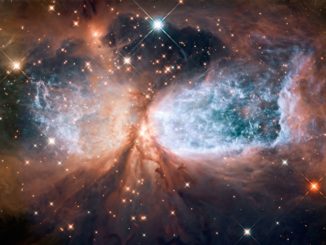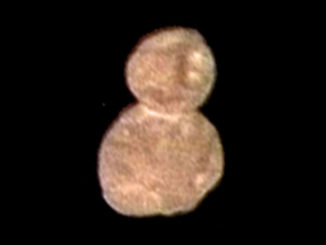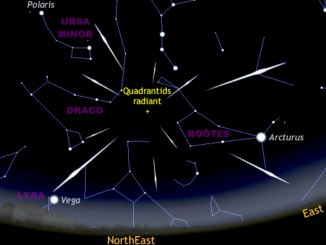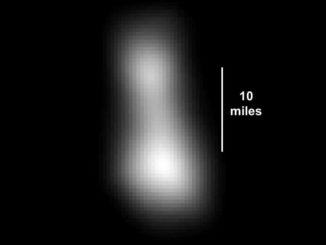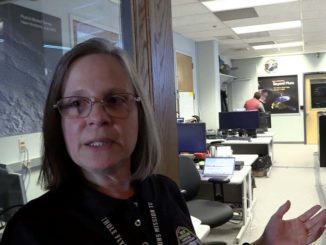
Venus dazzles at dawn, farthest west of the Sun on 6 January 2019
Brilliant planet Venus attains its greatest elongation almost 47° west of the Sun at dawn in the UK on Sunday, 6 January. Find a location that offers you a view down to the southeast horizon around 7am GMT and you may catch a glimpse of Jupiter too. The planetary duo is currently 14 degrees apart, but drawing nearer for a close conjunction on 22 January.

